Marijn Stollenga
Adversarial Domain Feature Adaptation for Bronchoscopic Depth Estimation
Sep 24, 2021

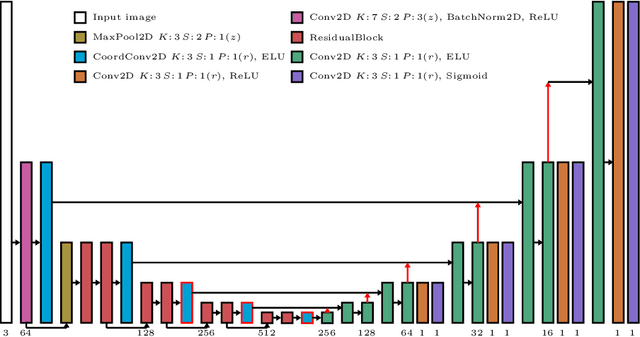

Abstract:Depth estimation from monocular images is an important task in localization and 3D reconstruction pipelines for bronchoscopic navigation. Various supervised and self-supervised deep learning-based approaches have proven themselves on this task for natural images. However, the lack of labeled data and the bronchial tissue's feature-scarce texture make the utilization of these methods ineffective on bronchoscopic scenes. In this work, we propose an alternative domain-adaptive approach. Our novel two-step structure first trains a depth estimation network with labeled synthetic images in a supervised manner; then adopts an unsupervised adversarial domain feature adaptation scheme to improve the performance on real images. The results of our experiments show that the proposed method improves the network's performance on real images by a considerable margin and can be employed in 3D reconstruction pipelines.
Deep Networks with Internal Selective Attention through Feedback Connections
Jul 28, 2014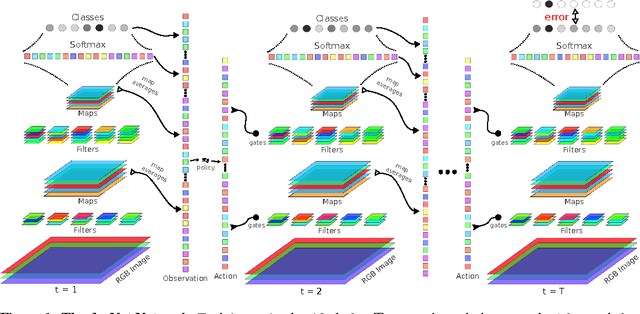
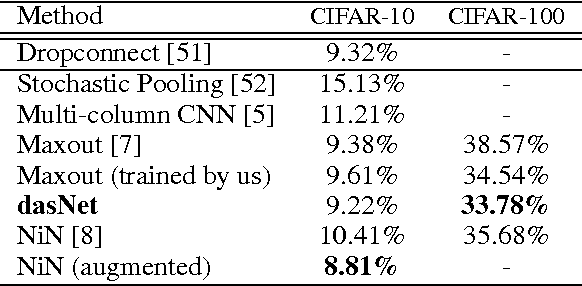
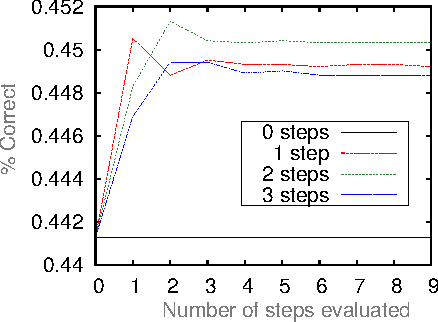
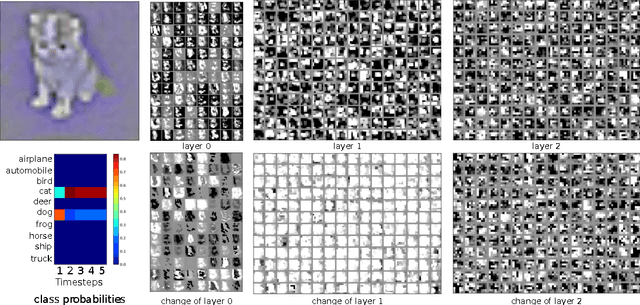
Abstract:Traditional convolutional neural networks (CNN) are stationary and feedforward. They neither change their parameters during evaluation nor use feedback from higher to lower layers. Real brains, however, do. So does our Deep Attention Selective Network (dasNet) architecture. DasNets feedback structure can dynamically alter its convolutional filter sensitivities during classification. It harnesses the power of sequential processing to improve classification performance, by allowing the network to iteratively focus its internal attention on some of its convolutional filters. Feedback is trained through direct policy search in a huge million-dimensional parameter space, through scalable natural evolution strategies (SNES). On the CIFAR-10 and CIFAR-100 datasets, dasNet outperforms the previous state-of-the-art model.
 Add to Chrome
Add to Chrome Add to Firefox
Add to Firefox Add to Edge
Add to Edge